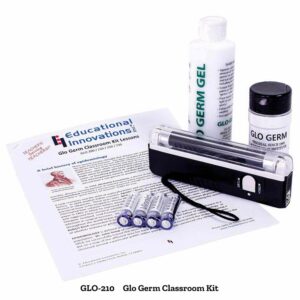 by Tami O’Connor
by Tami O’Connor
Invented in 1945 by Miles Sullivan, the “drinking bird” has been a favorite of science teachers in every classroom from kindergarten through college. This amazing device is made of two glass bulbs (one representing the head and the other representing the body) joined by a glass tube (representing the neck). Between the two bulbs, attached to the glass tube, is a metal fulcrum upon which the bird pivots. The air has been removed from this closed device, and the bottom ball is filled with a colored liquid that has a high vapor pressure (methylene chloride). The rest of the bird’s body and head is filled with the vapor form of methylene chloride.



 Posted by Tami O'Connor
Posted by Tami O'Connor 

